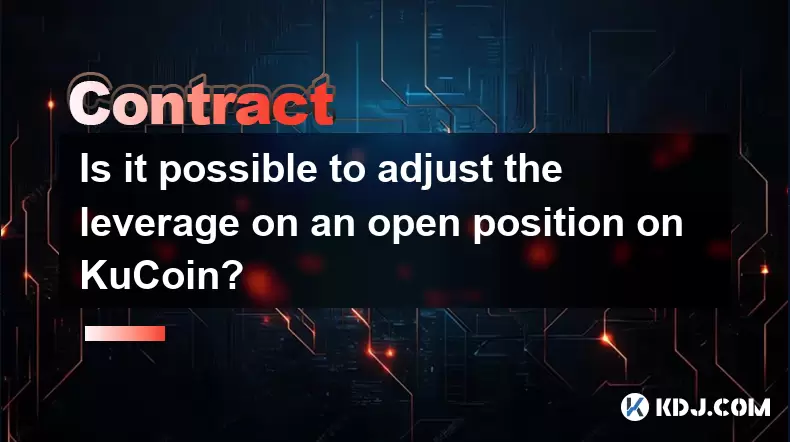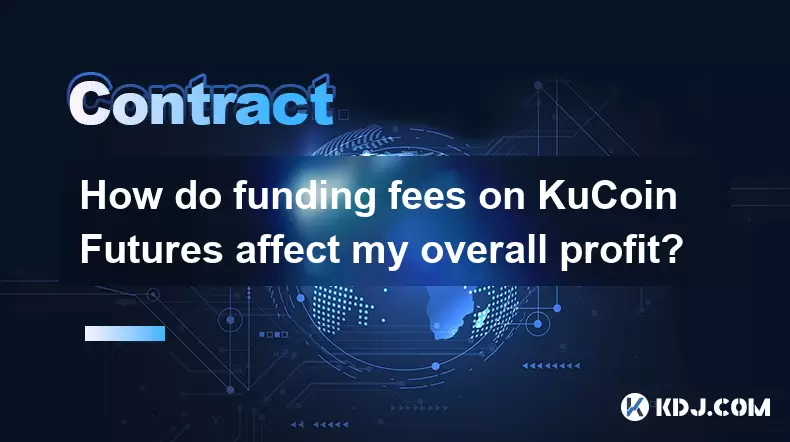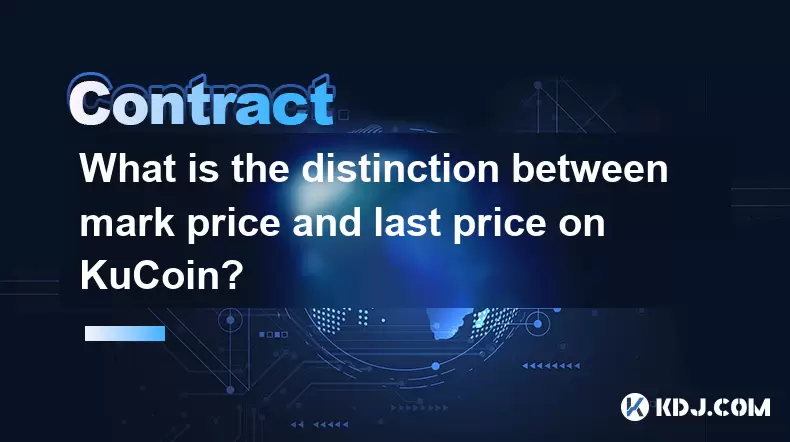-
 Bitcoin
Bitcoin $118900
-2.33% -
 Ethereum
Ethereum $4288
-0.13% -
 XRP
XRP $3.151
-3.21% -
 Tether USDt
Tether USDt $1.000
0.02% -
 BNB
BNB $809.5
-1.17% -
 Solana
Solana $175.7
-4.75% -
 USDC
USDC $0.0000
0.01% -
 Dogecoin
Dogecoin $0.2246
-5.75% -
 TRON
TRON $0.3473
2.19% -
 Cardano
Cardano $0.7809
-5.18% -
 Chainlink
Chainlink $21.38
-3.48% -
 Hyperliquid
Hyperliquid $43.29
-5.53% -
 Stellar
Stellar $0.4375
-3.21% -
 Sui
Sui $3.685
-6.68% -
 Bitcoin Cash
Bitcoin Cash $595.2
3.50% -
 Hedera
Hedera $0.2483
-6.60% -
 Ethena USDe
Ethena USDe $1.001
-0.01% -
 Avalanche
Avalanche $23.03
-5.28% -
 Litecoin
Litecoin $119.5
-5.02% -
 Toncoin
Toncoin $3.395
-0.07% -
 UNUS SED LEO
UNUS SED LEO $9.007
-1.19% -
 Shiba Inu
Shiba Inu $0.00001304
-5.44% -
 Uniswap
Uniswap $11.35
1.57% -
 Polkadot
Polkadot $3.898
-5.43% -
 Cronos
Cronos $0.1671
-0.16% -
 Ethena
Ethena $0.8121
-2.45% -
 Dai
Dai $1.000
0.02% -
 Bitget Token
Bitget Token $4.412
-1.73% -
 Monero
Monero $264.0
-0.64% -
 Pepe
Pepe $0.00001128
-8.12%
What is virtual currency contract leverage?
Leverage allows traders to amplify their profits, but it also carries significant risk, so it's important to choose the right leverage level based on risk tolerance, trading strategy, and market conditions.
Dec 16, 2024 at 11:15 am

Step 1: Understanding Virtual Currency Contract Leverage
Virtual currency contract leverage is a financial tool that allows traders to amplify their potential profits (or losses) by borrowing capital from a brokerage firm or exchange. Leverage is expressed as a ratio, such as 10x or 50x, and indicates the amount of additional capital that a trader can access compared to the amount of their own capital invested.
For instance, if a trader has $1,000 in their trading account and uses 10x leverage, they can trade with $10,000 worth of virtual currency. This means that a small price movement in the underlying asset can result in a larger profit or loss for the trader.
Step 2: Advantages and Disadvantages of Using Leverage
Advantages:
- Amplified profits: Leverage allows traders to potentially amplify their profits by increasing their trading size beyond what their account balance would normally allow.
- Increased trading opportunities: Leverage provides traders with more trading opportunities by allowing them to enter larger positions with limited capital.
- Hedging: Leverage can be used for hedging strategies, where traders use multiple positions with opposing leverage to reduce overall risk.
Disadvantages:
- Amplified losses: Leverage can also magnify traders' losses, which can lead to significant financial setbacks.
- Increased risk of liquidation: Using excessive leverage can put traders at a higher risk of their positions being liquidated, resulting in the loss of their initial capital.
- Margin calls: Brokers or exchanges may issue margin calls to traders if their account balance drops below a certain threshold, requiring them to deposit additional funds or liquidate their positions to reduce their leverage.
Step 3: Choosing the Right Leverage Level
The appropriate leverage level for a trader depends on their risk tolerance, trading strategy, and market conditions. It's essential to consider the following factors when selecting a leverage ratio:
- Risk tolerance: Traders should only use leverage within their acceptable risk levels. High leverage carries significant risk and should only be used by experienced traders.
- Trading strategy: Different trading strategies require different leverage levels. Scalping and day trading may require higher leverage, while swing trading and long-term investing typically use lower leverage.
- Market conditions: Market volatility and liquidity can impact the optimal leverage level. During volatile markets, traders should use lower leverage to mitigate risks.
Step 4: Managing Risk with Leverage
Traders using leverage should implement effective risk management strategies to minimize potential losses:
- Stop-loss orders: Setting stop-loss orders helps limit potential losses by automatically closing positions when the price reaches a predetermined level.
- Trailing stop-loss orders: Trailing stop-loss orders adjust the stop-loss level based on market movements, ensuring that profits are locked in while minimizing risks.
- Position sizing: Traders should carefully consider the size of their positions relative to their account balance and leverage level to avoid overexposing themselves to risk.
Step 5: Recommended Leverage Ratios for Different Trading Styles
- Scalping: 10x - 20x
- Day trading: 5x - 15x
- Swing trading: 2x - 5x
- Long-term investing: 1x - 2x
It's important to note that these are general guidelines and the optimal leverage level may vary depending on individual circumstances. Traders should consult with a financial advisor to determine the most appropriate leverage strategy for their specific needs.
Disclaimer:info@kdj.com
The information provided is not trading advice. kdj.com does not assume any responsibility for any investments made based on the information provided in this article. Cryptocurrencies are highly volatile and it is highly recommended that you invest with caution after thorough research!
If you believe that the content used on this website infringes your copyright, please contact us immediately (info@kdj.com) and we will delete it promptly.
- Dogecoin, Presale, Surge: Riding the Meme Coin Wave
- 2025-08-12 11:10:12
- Dogecoin, Tron, and the ROI Reality Check: What's a Crypto Investor to Do?
- 2025-08-12 11:15:12
- Ethereum Layer-2 Scaling Competition Heats Up as ETH Breaks $4K
- 2025-08-12 10:30:12
- China Regulation, Stablecoins, and BNB Presale: Navigating the Crypto Landscape
- 2025-08-12 11:30:12
- Meme Coins, Investment, and Token Burns: What's Hot in 2025?
- 2025-08-12 10:30:12
- BlockDAG, Chainlink, Hedera: The Cryptos Enterprises are Eyeing
- 2025-08-12 09:30:12
Related knowledge

Is it possible to adjust the leverage on an open position on KuCoin?
Aug 09,2025 at 08:21pm
Understanding Leverage in KuCoin Futures TradingLeverage in KuCoin Futures allows traders to amplify their exposure to price movements by borrowing fu...

What cryptocurrencies are supported as collateral on KuCoin Futures?
Aug 11,2025 at 04:21am
Overview of KuCoin Futures and Collateral MechanismKuCoin Futures is a derivatives trading platform that allows users to trade perpetual and delivery ...

What is the difference between realized and unrealized PNL on KuCoin?
Aug 09,2025 at 01:49am
Understanding Realized and Unrealized PNL on KuCoinWhen trading on KuCoin, especially in futures and perpetual contracts, understanding the distinctio...

How does KuCoin Futures compare against Binance Futures in terms of features?
Aug 09,2025 at 03:22am
Trading Interface and User ExperienceThe trading interface is a critical component when comparing KuCoin Futures and Binance Futures, as it directly i...

How do funding fees on KuCoin Futures affect my overall profit?
Aug 09,2025 at 08:22am
Understanding Funding Fees on KuCoin FuturesFunding fees on KuCoin Futures are periodic payments exchanged between long and short position holders to ...

What is the distinction between mark price and last price on KuCoin?
Aug 08,2025 at 01:58pm
Understanding the Basics of Price in Cryptocurrency TradingIn cryptocurrency exchanges like KuCoin, two key price indicators frequently appear on trad...

Is it possible to adjust the leverage on an open position on KuCoin?
Aug 09,2025 at 08:21pm
Understanding Leverage in KuCoin Futures TradingLeverage in KuCoin Futures allows traders to amplify their exposure to price movements by borrowing fu...

What cryptocurrencies are supported as collateral on KuCoin Futures?
Aug 11,2025 at 04:21am
Overview of KuCoin Futures and Collateral MechanismKuCoin Futures is a derivatives trading platform that allows users to trade perpetual and delivery ...

What is the difference between realized and unrealized PNL on KuCoin?
Aug 09,2025 at 01:49am
Understanding Realized and Unrealized PNL on KuCoinWhen trading on KuCoin, especially in futures and perpetual contracts, understanding the distinctio...

How does KuCoin Futures compare against Binance Futures in terms of features?
Aug 09,2025 at 03:22am
Trading Interface and User ExperienceThe trading interface is a critical component when comparing KuCoin Futures and Binance Futures, as it directly i...

How do funding fees on KuCoin Futures affect my overall profit?
Aug 09,2025 at 08:22am
Understanding Funding Fees on KuCoin FuturesFunding fees on KuCoin Futures are periodic payments exchanged between long and short position holders to ...

What is the distinction between mark price and last price on KuCoin?
Aug 08,2025 at 01:58pm
Understanding the Basics of Price in Cryptocurrency TradingIn cryptocurrency exchanges like KuCoin, two key price indicators frequently appear on trad...
See all articles

























































































